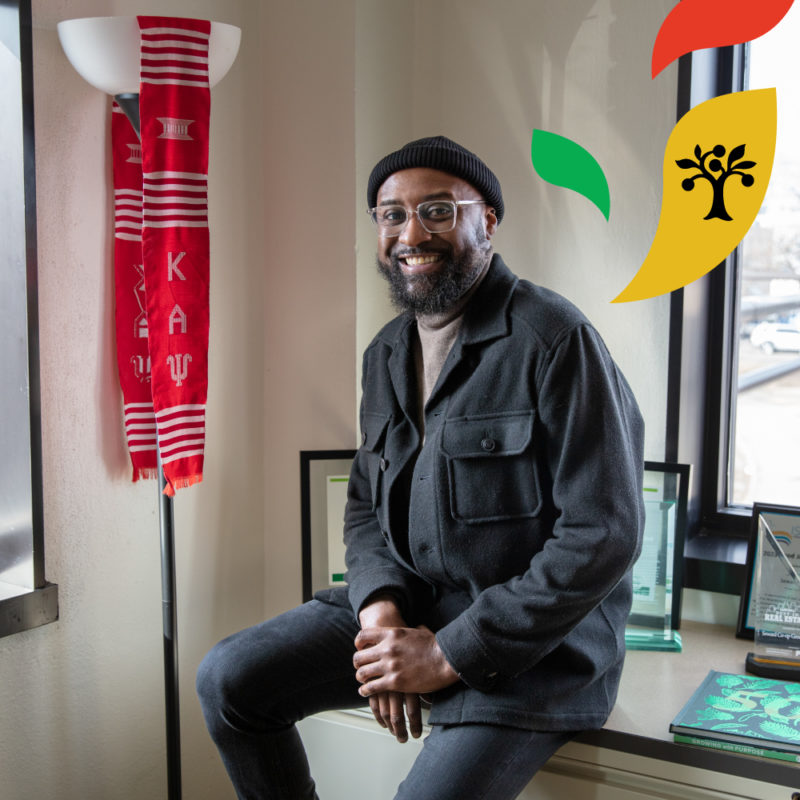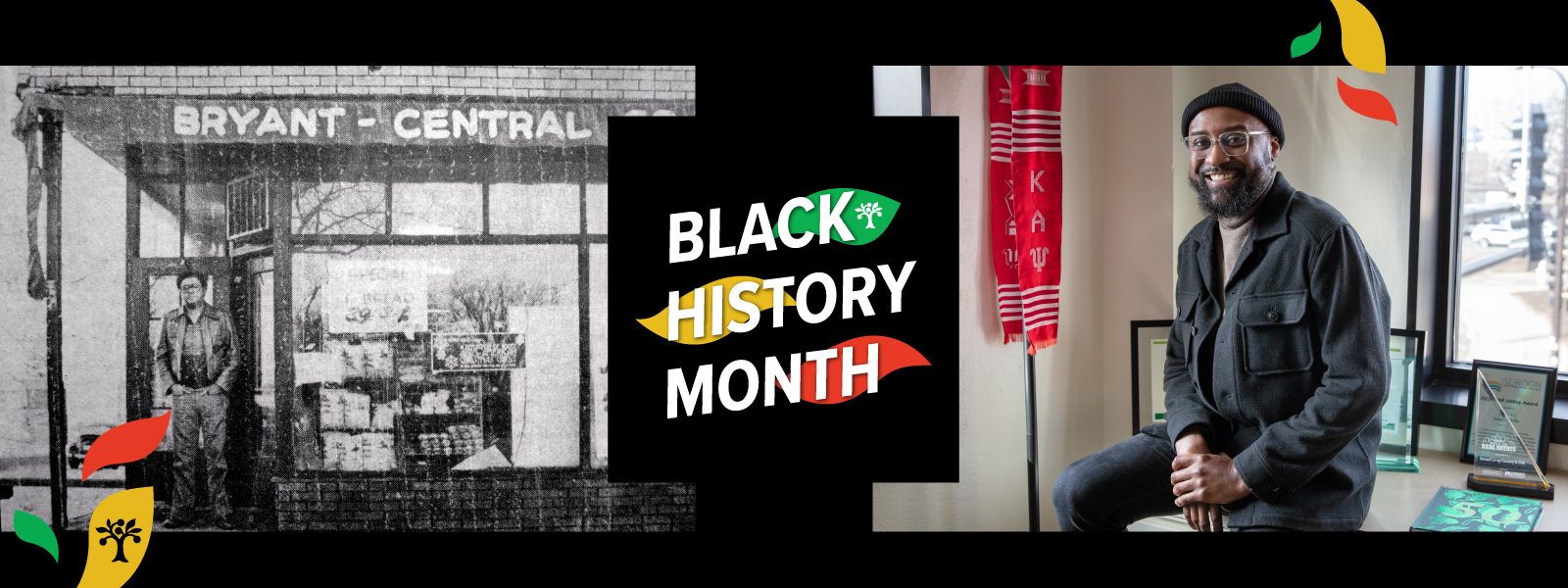The history of the cooperative movement is deeply tied to the Black and African American community. Before our society became capitalistic, cooperation and cooperative economics offered a system within which people could live and work successfully, driving change within communities through shared participation and a shared investment in outcomes. Throughout history, cooperative economics have provided opportunities for marginalized individuals to find pathways to equity.
Ray Williams (he/him), the General Manager of Seward Community Co-op, keeps cooperation top of mind and knows its longstanding role in Black History in the U.S. “The systems in which Americans operate were not created for Black people, so they have had to go about things differently to get what they need….cooperation was centered in my ancestors journey via the Underground Railroad.”
 One year into his role as Seward Co-op General Manager, Ray is wasting no time. He thinks about how cooperatives can be used to make positive impacts within Black communities, especially considering their recognition within those communities as economic and social structures with a documented history of success. Historic Black cooperators in the Twin Cities, from Moe Burton, founder of Bryant-Central Co-op, to Annie Young, founder of a buying club in South Dakota and past board President, to LaDonna Sanders-Redmond, another past board President who led the organizing efforts in opening the Friendship store, are examples especially of how the cooperative movement creates food access, something Ray holds as one of his most important goals. During his time at Seward Co-op, Ray strives for the co-op, and the cooperative movement, to offer healthy food access for all, center communities of color, increase diversity and inclusion in the cooperative world, and raise awareness of cooperative economics.
One year into his role as Seward Co-op General Manager, Ray is wasting no time. He thinks about how cooperatives can be used to make positive impacts within Black communities, especially considering their recognition within those communities as economic and social structures with a documented history of success. Historic Black cooperators in the Twin Cities, from Moe Burton, founder of Bryant-Central Co-op, to Annie Young, founder of a buying club in South Dakota and past board President, to LaDonna Sanders-Redmond, another past board President who led the organizing efforts in opening the Friendship store, are examples especially of how the cooperative movement creates food access, something Ray holds as one of his most important goals. During his time at Seward Co-op, Ray strives for the co-op, and the cooperative movement, to offer healthy food access for all, center communities of color, increase diversity and inclusion in the cooperative world, and raise awareness of cooperative economics.
“I have two degrees in business, and don’t recall a single mention of cooperative economics in my education,” Ray says. “Seward opened the door.”
